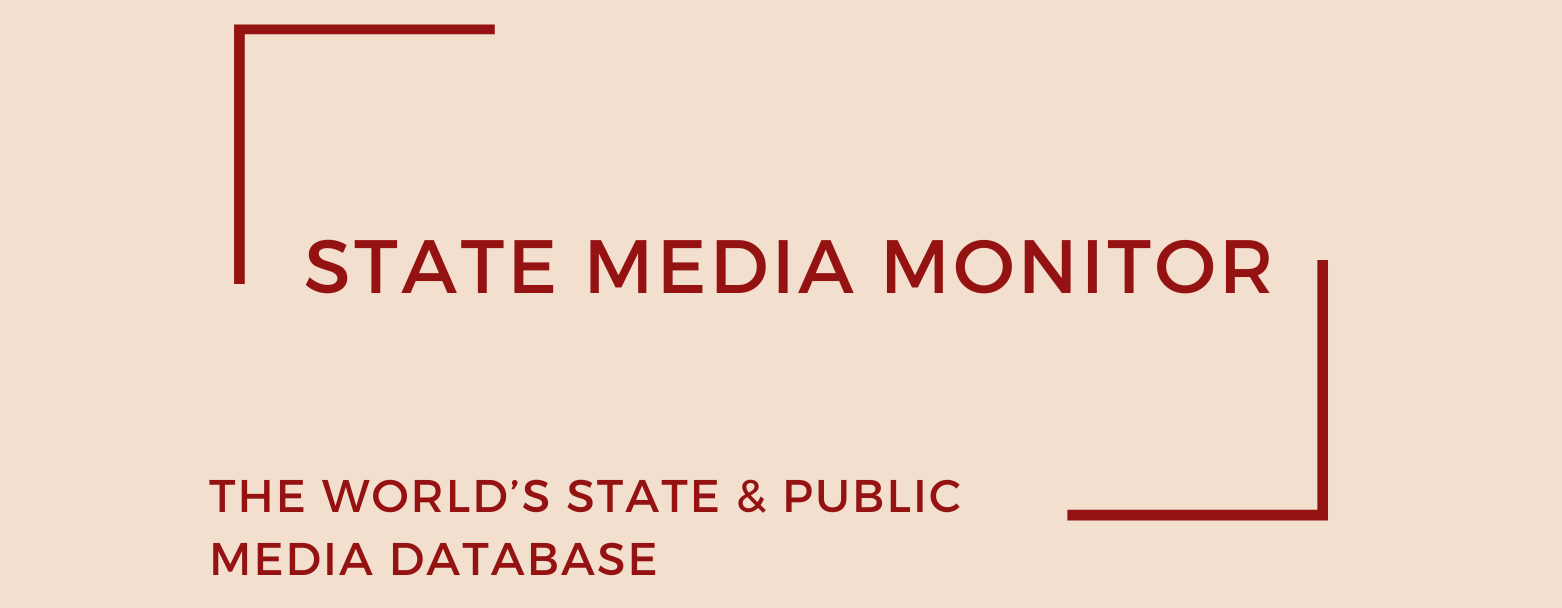Public Radio of Armenia
Public Radio of Armenia, one of the country’s most venerable broadcast institutions, traces its origins back to 1926. Over nearly a century, it has grown into a multifaceted broadcaster managing three nationwide channels and offering listeners an extensive menu of cultural, educational, and political programming. Beyond its domestic remit, it also operates an international service under the banner Radio Yerevan, designed to project Armenian voices and perspectives abroad.
Media assets
Radio: Public Radio of Armenia
State Media Matrix Typology
Ownership and governance
Public Radio of Armenia shares the same institutional framework and legal status as Public Television of Armenia. Both are overseen by the Council of Public Broadcaster, a seven-member body that serves as the highest authority. This Council, largely appointed by the Prime Minister, wields considerable influence over the broadcaster’s strategic and editorial direction.
In August 2024, Armen Koloyan was elected by the Armenian Council of Public Broadcasters as the Executive Director of Public Radio of Armenia, succeeding previous leadership. Koloyan has a long media career, including over 30 years at Radio Free Europe/Radio Liberty, and is a co‑founder of the Armenian Saturday School in Prague
Source of funding and budget
Like its television counterpart, Public Radio of Armenia is funded chiefly through annual allocations from the state budget. According to data from IREX, the broadcaster received a total of AMD 6.3 billion (approximately US$16 million) in 2022. These allocations remain the backbone of its financial sustainability, with no significant alternative revenue streams reported.
Editorial independence
Historically, Public Radio of Armenia has been perceived as somewhat closer to the ethos of an independent public broadcaster than its television sibling. Its relatively modest audience reach, compared with the powerful influence of television, has often meant less political interference.
However, content monitoring in recent years suggests a worrying drift towards government alignment. Ad hoc content analyses conducted for this report in March 2023, June 2024 and March 2025 indicate that programming increasingly mirrors the style and tone of state-controlled media. Coverage of official state visits and government activities, often reported with little critical distance, has become more prominent. Observers argue that this creeping politicization risks undermining the broadcaster’s already fragile editorial autonomy.
As of mid-2025, no independent oversight mechanism or statutory safeguard has been put in place to guarantee the broadcaster’s editorial independence. Without such institutional firewalls, Public Radio of Armenia remains vulnerable to political influence, particularly in moments of heightened domestic or geopolitical tension.
August 2025
Citation (cite the article/profile as part of):
Dragomir, M. (2025). State Media Monitor Global Dataset 2025.
Media and Journalism Research Center (MJRC).
Zenodo.
https://doi.org/10.5281/zenodo.17219015
This article/profile is part of the State Media Monitor Global Dataset 2025, a continuously updated dataset published by the Media and Journalism Research Center (MJRC).
